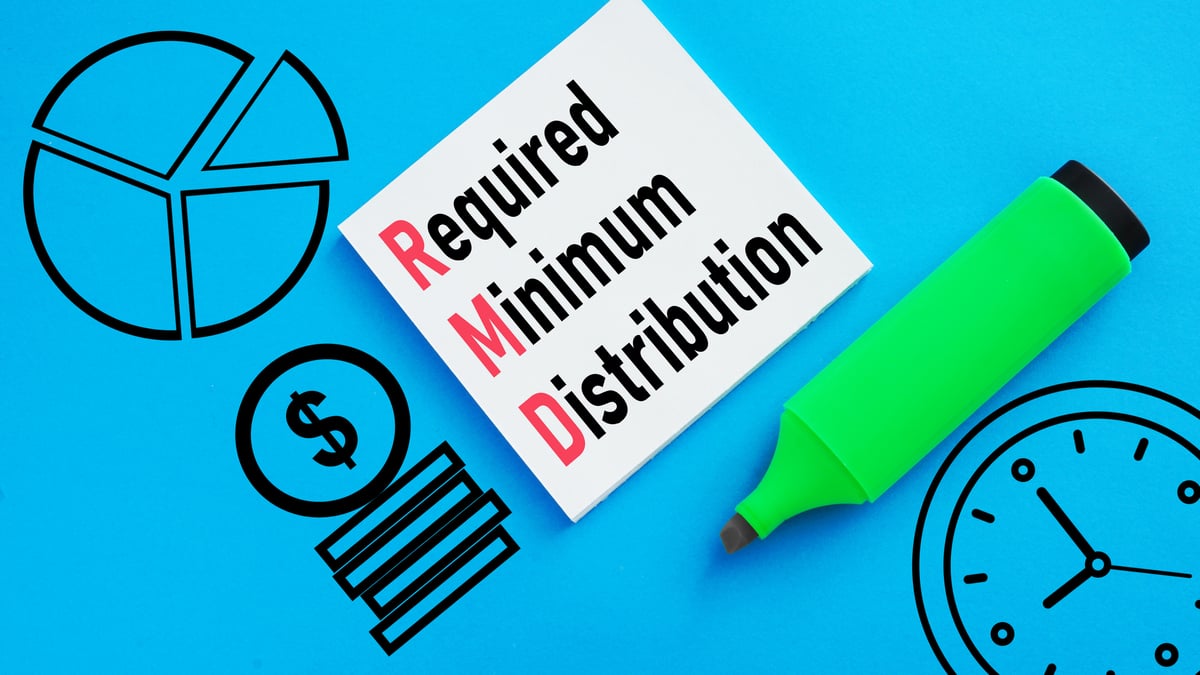Millions of Americans retire with fewer resources than expected. A 2024 analysis of the University of Michigan Health and Retirement Study (by UMass Boston and the National Council on Aging) concluded that nearly 50% of adults 60 and older have an average income below the standard amount required to cover basic needs.
That statistic explains why 4.8 million older adults receive help from the Supplemental Nutrition Assistance Program (SNAP), despite spending decades paying Social Security taxes. If you're one of the 4.8 million, you may have heard that President Donald Trump's "big, beautiful bill" aimed to cut $186 billion from SNAP by 2035, with the first cuts beginning after the 2026 midterm election.
A little preparation can go a long way
Whether your benefits will be impacted depends, in part, on the state in which you live. The new law ramps up the administrative costs that states must cover, and for the first time ever, it requires states to pay a portion of the costs of food benefits. If you live in a wealthier state, your benefits may be safe. However, if you live in one of the poorer states or a state with a high number of SNAP recipients, you may receive less in benefits.
Even if you were never able to contribute to a retirement plan, you deserve to eat well and stay healthy. That essential need for good food explains the critical nature of putting a plan in place before you know whether your benefits will be cut.
If you receive notification that your SNAP benefits will be lower than usual, preplanning means you'll be ready to pivot to other sources of nutritious foods. Because SNAP cuts may impact three popular programs for seniors -- the Commodity Supplemental Food Program (CSFP), Senior Farmers' Market Nutrition Program (SFMNP), and Meals on Wheels -- this list includes alternative options.

Image source: Getty Images.
The Emergency Food Assistance Program (TEFAP)
TEFAP provides free emergency food assistance to low-income seniors by distributing food to state agencies, which then distribute it to local food banks, pantries, and soup kitchens. While SNAP cuts are sure to stretch TEFAP's resources even further, there's no indication the program is going anywhere.
Food banks and pantries
You may find that your local food bank or pantry has specific hours set aside for seniors. If you're unsure of how to find a food bank, these resources can help:
- FoodFinder: Type in your ZIP code, and FoodFinder will show you a host of pantries in your area.
- Feeding America: Feeding America's site provides a comprehensive list of food banks in your area and features an informative blog with the latest resources, research, and news.
- WhyHunger: Besides providing a map of food pantries near your home, WhyHunger also works with community-based leaders, organizations, and networks to give you access to the pantry items you need.
- Gleaners: Like the other sites, Gleaners provides a list of nearby food pantries. Depending on the location, it may offer home delivery and mobile pantries.
Senior centers and other meal sites
Nationwide, it's common for senior centers and other community organizations to host meal programs where seniors can enjoy a meal in a group setting. Besides nice dinners, you may also find that these are an excellent way to socialize and learn about other available services.
211.org
211 provides up-to-date information about local assistance available to you, including food pantries. If you have a pet and worry about feeding it, 211 can also help you find a pet-food pantry.
To learn more, visit 211.org or dial 211 from a cellphone or landline to speak with a live, highly trained professional. You can also text 211, or search your local 211 agency website.
One final tip
If you're looking to move anyway, consider applying for Social Security senior housing. This program offers subsidies to seniors and can help ease your financial strain.
While seeking out food sources was probably not part of your retirement planning, it's not an uncommon position. According to the National Council on Aging, approximately 3 out of 5 seniors who qualify for SNAP benefits haven't signed up.
Ideally, your SNAP benefits won't be affected. However, if they are, it's important to know there are other ways to access the nutritious food you need.





